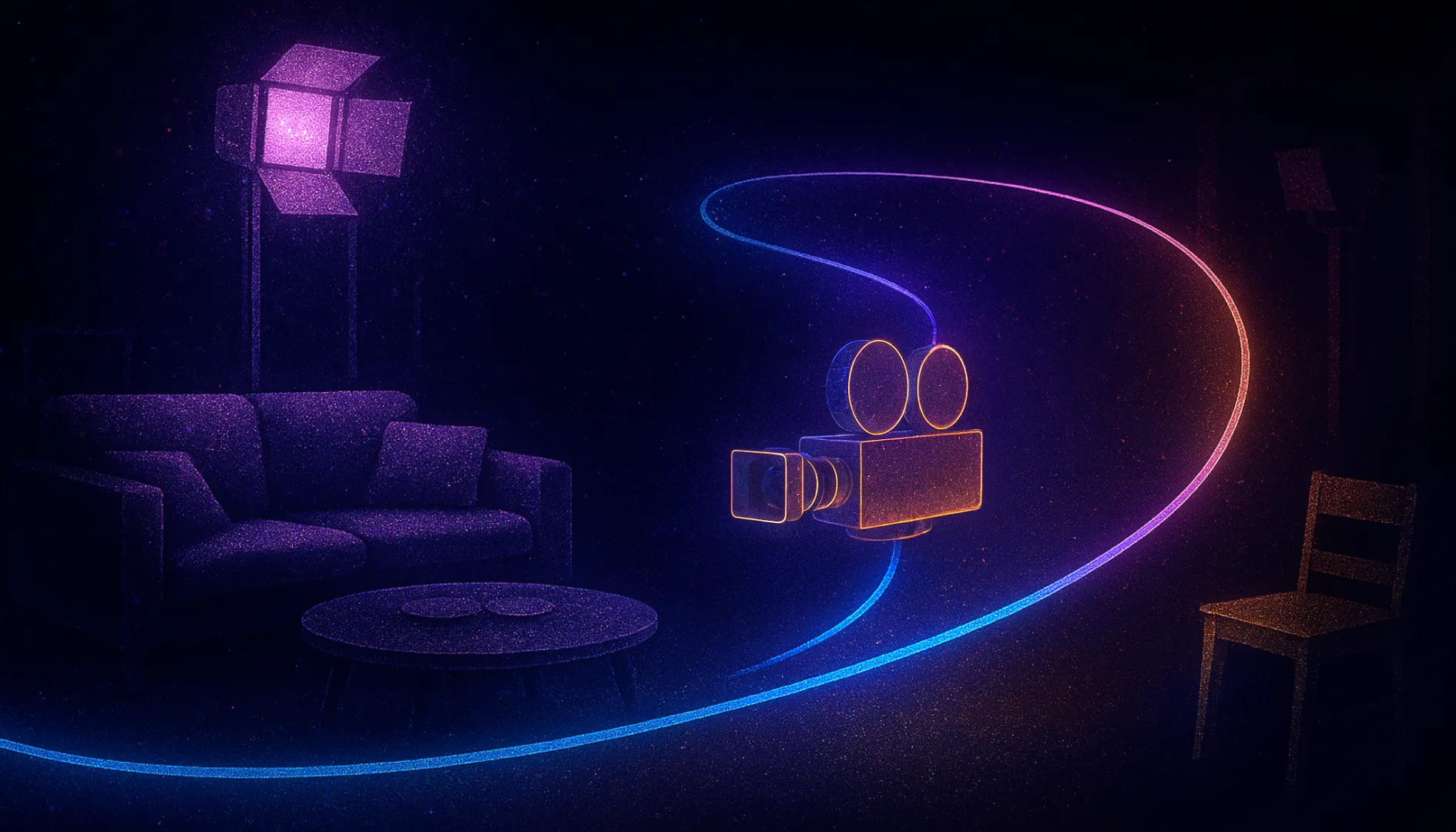What Is Camera Tracking? A Beginner-Friendly Guide

What is Camera Tracking?
Camera tracking, or matchmoving, is the process of analyzing video footage to recreate the original movement of the real-world camera in 3D space. This data lets you place digital 3D elements into a scene as if they were filmed there to begin with.
Why It Matters
Camera tracking is a cornerstone of modern visual storytelling, making the invisible magic of VFX, AR, and animation possible. Here’s why it’s so important:
-
Visual Effects (VFX): By replicating the real camera’s movement, camera tracking allows you to insert CGI elements, like explosions, creatures, or digital environments, so they blend seamlessly with the live-action footage. This keeps the added elements perfectly aligned in perspective, scale, and motion, preserving the realism of the scene.
-
Augmented Reality (AR): In AR, camera tracking anchors virtual objects to the real world, letting them interact naturally with the environment. This creates immersive experiences where digital content adjusts dynamically to the user’s surroundings.
-
Motion Graphics: Whether you’re placing dynamic text, UI elements, or other graphics into a scene, camera tracking ensures they follow the correct motion and perspective, making them feel like part of the original shot.
Without precise camera tracking, digital additions can feel “off”, ruining the illusion. Done right, it makes virtual and real-world elements blend into one cohesive, believable visual story.
How it works (simplified)
- Track features: software finds points in the footage and follows them across frames.
- Solve the camera: it calculates a 3D camera that would result in those 2D movements.
- Refine: adjust for scale, orientation, lens distortion, and remove bad tracks.
- Use it: the tracked camera is used in 3D software to add virtual content.
Post vs. Real-Time
Camera tracking comes in two main approaches, real-time and post-production, each offering distinct advantages depending on your workflow:
- Post-Production Tracking
Post-production tracking is the gold standard in VFX pipelines, offering high precision and advanced control. However, it is time-intensive and typically handled by experienced artists. Software like Blender, After Effects, SynthEyes, and PFTrack analyze footage after it’s been shot.
| Feature | Description |
|---|---|
| Precision | High accuracy for integrating 3D elements |
| Manual Controls | Advanced tools for lens calibration, track refinement, and complex shot solving |
| Correction | Superior handling of lens distortion, rolling shutter, and motion blur |
- Real-Time Tracking
Tools like Omniscient capture camera tracking data live on your iPhone or iPad, eliminating the need for post-processing. This makes them ideal for rapid previsualization and on-set VFX planning.
| Feature | Description |
|---|---|
| Speed | Instant camera tracking during recording |
| Ease of Use | User-friendly interface requiring no prior tracking knowledge |
| Motion Handling | Effective tracking of fast camera movements and shaky handheld shots |
| Integration | Exports to industry-standard formats compatible with Blender, Cinema 4D, Unreal Engine, and more |
👉 Try Omniscient on the App Store